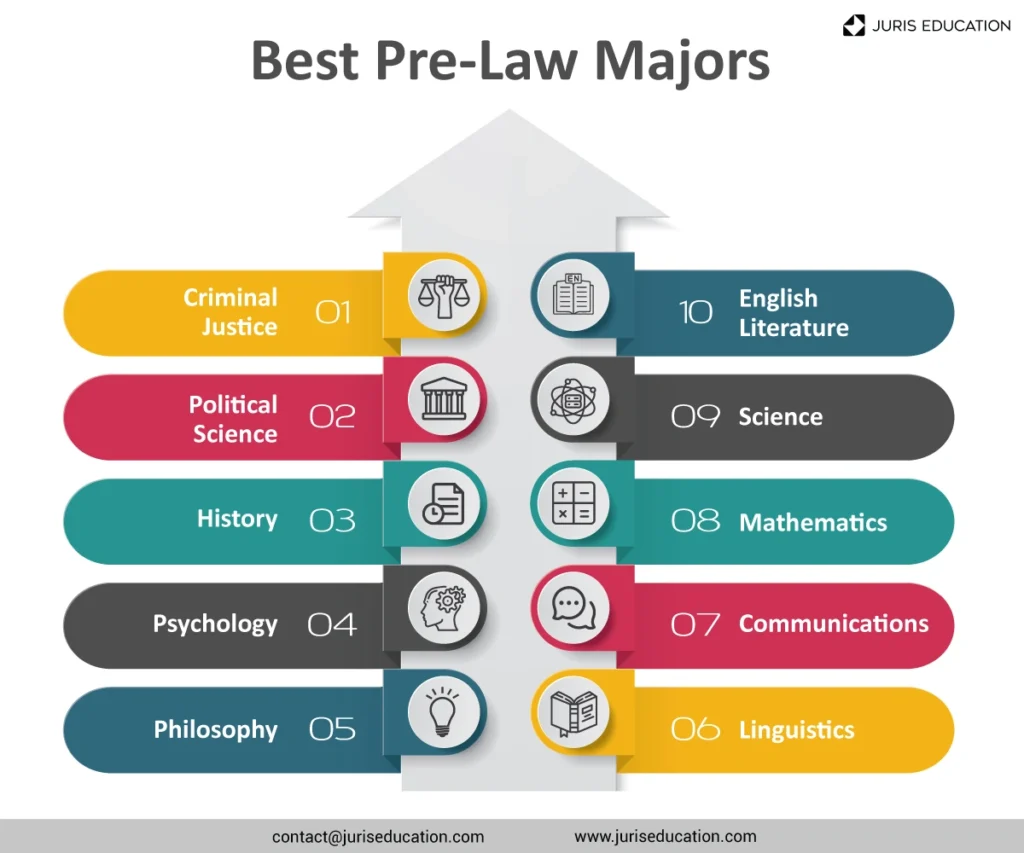Did you know the steps to become a lawyer in California involve passing one of the most difficult bar exams in the country, with only a 34% pass rate?
While the path isn’t easy, the rewards can be substantial. The median annual pay for lawyers in the U.S. was $145,760 as of May 2023, with California lawyers averaging $135,925 per year. Additionally, legal job opportunities are projected to grow 8% by 2028, making it a promising career choice despite the challenges.
However, before you can practice law, you’ll need to invest significant time in your education. Becoming a lawyer typically takes 7 years of full-time study after high school—4 years of undergraduate education followed by 3 years of law school. In fact, most states require a Juris Doctor (J.D.) degree from an accredited law school, though California offers unique alternatives, including the option to study under a judge or attorney instead of attending law school.
In this comprehensive guide, you’ll discover exactly what education is required to become a lawyer, how to prepare for the LSAT, what to expect in law school, and how to successfully navigate the bar exam. Whether you’re just starting to explore your options or already planning your law school applications, this roadmap will help you understand each step of your journey to becoming an attorney.
Step 1: Start with the Right Education

Step 1: Start with the Right Education
The foundation of your legal career begins long before law school. Your undergraduate education plays a crucial role in developing the skills necessary for success as a lawyer.
Choose a major that builds critical thinking.
Contrary to popular belief, law schools don’t require any specific undergraduate major. Rather, they look for students who excel academically and develop essential skills. According to the American Bar Association, students should pursue areas of study that interest and challenge them.
First and foremost, focus on majors that strengthen your critical thinking abilities. Popular choices among law students include political science, criminal justice, English, history, philosophy, economics, psychology, and sociology. Furthermore, STEM majors like science and mathematics can help you stand out during the admissions process.
When selecting your major, prioritize developing these fundamental skills:
- Problem-solving and analytical reasoning
- Critical reading and writing
- Research and organization
- Oral communication and listening
Understand what education is required to be a lawyer
To become a lawyer, you must initially earn a bachelor’s degree from an accredited college or university. Your undergraduate GPA matters significantly—admission to top law schools typically requires a minimum 3.59 GPA.
Following your bachelor’s degree, you’ll need to complete a Juris Doctor (J.D.) degree from an accredited law school. Essentially, most states and jurisdictions mandate this credential before you can practice law.
How long does it take to become a lawyer?
The journey to becoming a lawyer generally spans seven years of full-time study after high school: four years for your undergraduate degree, followed by three years of law school. Many prospective lawyers also take a gap year between undergraduate studies and law school to strengthen their application with work experience.
Some students extend this timeline by working as paralegals or legal secretaries beforehand, gaining valuable experience that proves helpful during their first year of law school. Alternatively, certain universities offer accelerated programs that allow you to complete your education more quickly.
Remember that this timeline varies depending on whether you attend full-time or part-time programs, or pursue dual degrees alongside your J.D..
Step 2: Prepare for and Take the LSAT

Step 2: Prepare for and Take the LSAT
After completing your undergraduate studies, the next crucial milestone on your path to becoming a lawyer is the Law School Admission Test (LSAT).
What is the LSAT, and why does it matter
The LSAT is a standardized test designed to assess the critical thinking skills necessary for success in law school. Studies have consistently shown it to be the single best predictor of first-year law school performance. The test consists of four multiple-choice sections that measure reading comprehension, analytical reasoning, and logical reasoning.
Most importantly, your LSAT score significantly impacts both admission chances and scholarship opportunities. Law schools use LSAT scores (alongside GPA) as the main determinant of which schools you can get into and how much merit-based financial aid you will receive. Consequently, scoring well can substantially reduce the cost of your legal education.
Tips for studying and scoring well
First thing to remember, taking practice tests is the most effective way to prepare. The LSAC provides free Official LSAT PrepTests through your LawHub account. Moreover, consider these preparation strategies:
- Begin by taking a practice test to establish your baseline and set realistic goals
- Create a consistent study schedule spanning several months
- Focus on understanding the questions you answer incorrectly
- Consider preparation courses or tutoring if you need structured guidance
Do all law schools require the LSAT?
Notably, not all law schools require the LSAT. Of the 199 ABA-accredited law schools, approximately 100 allow applicants to submit GRE scores as an alternative. Schools like Harvard, Stanford, Yale, and Columbia now accept either test. Nevertheless, if you’re applying without an LSAT score, remember that the odds could be stacked against you, as the American Bar Association only permits law schools to admit 10% of an entering class without standardized test scores.
Step 3: Complete Law School and Earn a J.D.

Step 3: Complete Law School and Earn a J.D.
Upon entering law school, you’ll embark on an intensive journey toward earning your Juris Doctor (J.D.) degree—the credential required to practice law in the United States.
What do you need to become a lawyer in law school?
To earn your J.D., you must typically complete 84-90 credit hours and maintain a minimum GPA of 2.0. The curriculum includes mandatory first-year courses such as:
- Contracts, Torts, and Civil Procedure
- Property, Criminal Law, and Constitutional Law
- Legal Research and Writing
Upper-level requirements typically include Professional Responsibility, Evidence, and experiential learning courses. Under ABA standards, you must complete at least six credits of experiential learning that provide substantial practice in legal skills.
How law school prepares you for legal practice
Law schools have evolved beyond teaching students to merely “think like lawyers”—they now train you to act like one. Recent curriculum changes emphasize practice-ready skills through:
- Clinical training and externships
- Contract drafting and deal-making simulations
- Client counseling and professional identity formation
Approximately 70% of recent graduates cited clinical or experiential courses as most helpful in developing their professional identities. Many schools now offer specialized training in business acumen, technology, entrepreneurship, and leadership.
Exploring full-time, part-time, and hybrid programs
Full-time programs typically take three years with 12-15 credits per semester. Meanwhile, part-time options accommodate working professionals through:
- Evening divisions with classes between 6-10 pm
- Weekend programs requiring campus visits on select Sundays
- Hybrid formats combining online and in-person learning
Part-time programs generally extend to four years but offer financial flexibility as you can continue working. Importantly, ABA-accredited hybrid programs like Syracuse University’s JDinteractive allow completion in 3-4 years with minimal campus visits.
Step 4: Pass the Bar and Get Licensed

Step 4: Pass the Bar and Get Licensed
The final step in your legal journey involves passing rigorous examinations that test your knowledge and ethical fitness to practice law.
What is the California Bar Exam like?
The California Bar Examination spans two challenging days. The first day features five one-hour essay questions and one 90-minute Performance Test question, testing subjects ranging from Business Associations to Trusts. Day two consists of the Multistate Bar Examination (MBE) with 200 multiple-choice questions—100 in the morning session and 100 in the afternoon.
To pass, you must achieve a minimum scaled score of 1390 out of 2000 possible points.
Understanding the MPRE and moral character review
The Multistate Professional Responsibility Examination (MPRE) is a two-hour, 60-question test required by most jurisdictions. You must register with the NCBE, schedule with Pearson VUE, and pay the test fee by the registration deadline.
Simultaneously, submit your moral character application—ideally during your final year of law school, as the review takes 6-8 months. This thorough background check evaluates your honesty, fairness, and trustworthiness.
How to apply for admission to the State Bar
After passing both exams and receiving a positive moral character determination, apply for admission to your state’s bar. The process typically includes:
- Submitting official transcripts
- Providing certification of good standing (for attorney applicants)
- Attending a swearing-in ceremony
Subsequently, you’ll receive your license to practice law.
Conclusion
Becoming a lawyer represents a challenging yet rewarding journey that demands significant dedication and perseverance. Throughout this process, you’ll navigate from undergraduate studies to bar admission, developing critical skills that prepare you for legal practice. Above all, your choice of undergraduate major builds the foundation for future success, though no specific field is required as long as you develop strong analytical and communication abilities.
The LSAT stands as a crucial milestone on your path, significantly impacting both your admission prospects and potential financial aid opportunities. Therefore, thorough preparation through practice tests and consistent study remains essential, even as some schools now accept alternative standardized tests.
Law school itself transforms you from a student into a practice-ready professional through rigorous coursework, clinical training, and experiential learning. Additionally, various program formats—whether full-time, part-time, or hybrid—offer flexibility based on your personal circumstances and professional commitments.
Finally, the bar examination represents the culmination of your legal education, testing both your knowledge and ethical fitness to practice. After passing this challenge and completing character review requirements, you’ll join the ranks of licensed attorneys ready to serve clients and uphold justice.
While the seven-year timeline might seem daunting initially, each step builds purposefully toward your ultimate goal. The legal profession continues to offer strong earning potential and projected growth despite its demanding nature. Undoubtedly, with proper planning and dedication to each phase of this journey, you can successfully transform your aspiration of becoming a lawyer into reality.















